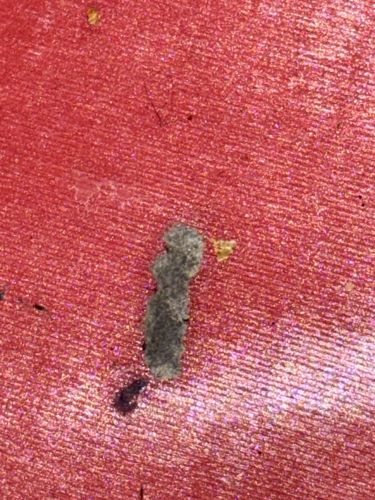Case-bearing Clothes Moth (Larva)
Scientific Name: Tinea pellionella
Order & Family: Lepidoptera, Tineidae
Size: Larvae: Up to 10-12 mm (0.4-0.5 inches) long. The case itself varies in size with the larva's growth, usually 6-12 mm (0.2-0.5 inches) long.

Natural Habitat
Indoors, particularly in dark, undisturbed areas like closets, attics, under furniture, or in storage containers where susceptible materials are stored. They thrive in areas with high humidity.
Diet & Feeding
The larvae feed primarily on natural fibers, especially those of animal origin such as wool, silk, fur, felt, and feathers. They may also consume blends, cotton, and synthetic fibers if they contain food stains, perspiration, or other organic matter.
Behavior Patterns
Case-bearing clothes moth larvae construct a silk case that they carry with them, incorporating fibers from their food source. They rarely leave their case, only poking out their head to feed and drag themselves around. Adults are typically poor fliers and prefer to run or hop. Both larvae and adults are attracted to dark, undisturbed areas.
Risks & Benefits
Risks: Significant pests of stored fibers, clothing, carpets, upholstered furniture, and other textiles of animal origin, causing considerable damage. They can infest museum collections and taxidermy. Benefits: No direct benefits to humans, but as decomposers, they play a minor role in breaking down natural fibers in nature.
Identified on: 8/30/2025